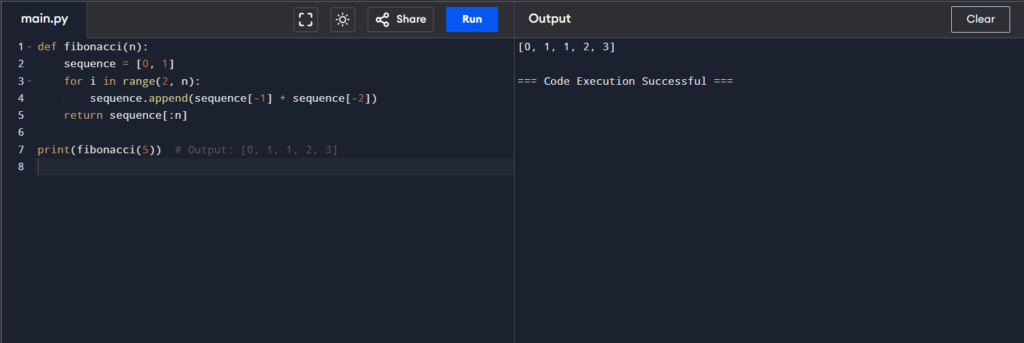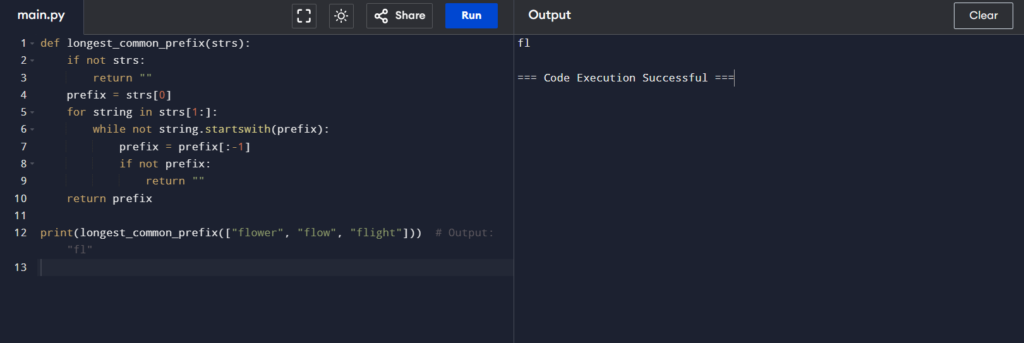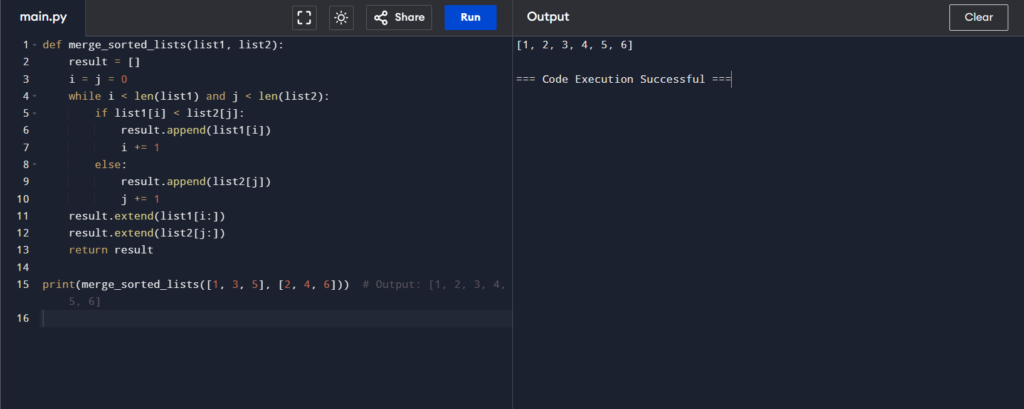
Most Popular Python Coding Questions & Answer for 2025
Popular Python Coding Questions
Python remains a favorite in the world of programming, known for its readability, flexibility, and simplicity. As more people learn Python, coding questions that test the basics, as well as advanced problem-solving skills, have become popular for interviews and technical assessments. Here’s a look at some of the top Python coding questions for 2025, designed to challenge and build up your coding muscles. Each question also comes with explanations to help you approach it with confidence.
1. Reverse a String
Problem: Create a function to reverse a given string.
Example Input: "Hello"
Example Output: "olleH"
Solution Outline: This question tests your understanding of string slicing in Python. The simplest approach involves using Python’s slicing capability.
def reverse_string(s):
return s[::-1]
print(reverse_string("Hello")) # Output: "olleH"

2. Find the Second Largest Element in a List
Problem: Given a list of integers, find the second largest element.
Example Input: [10, 20, 4, 45, 99]
Example Output: 45
Solution Outline: This question encourages you to think about sorting or using a unique set to find the second largest. Sorting the list and picking the second last element is a common approach, but using a set ensures duplicate handling.
def second_largest(nums):
unique_nums = sorted(set(nums))
return unique_nums[-2]
print(second_largest([10, 20, 4, 45, 99])) # Output: 45

3. Check if a Number is Prime
Problem: Create a function that determines whether a given number is prime.
Example Input: 7
Example Output: True (7 is prime)
Solution Outline: This question tests logical skills and understanding of basic number theory. For efficiency, only check up to the number’s square root.
def is_prime(n):
if n <= 1:
return False
for i in range(2, int(n ** 0.5) + 1):
if n % i == 0:
return False
return True
print(is_prime(7)) # Output: True

Download New Real Time Projects :-Click here
4. Fibonacci Sequence Generator
Problem: Write a function that returns the first N numbers in the Fibonacci sequence.
Example Input: 5
Example Output: [0, 1, 1, 2, 3]
Solution Outline: This problem tests understanding of recursion or iterative loops. Both approaches are valid, but iterative solutions tend to be more efficient for this.
def fibonacci(n):
sequence = [0, 1]
for i in range(2, n):
sequence.append(sequence[-1] + sequence[-2])
return sequence[:n]
print(fibonacci(5)) # Output: [0, 1, 1, 2, 3]

5. Find All Unique Subsets of a Set
Problem: Given a list of numbers, return all unique subsets.
Example Input: [1, 2]
Example Output: [[], [1], [2], [1, 2]]
Solution Outline: This is a great problem for testing recursion and understanding of sets. Using recursion allows you to systematically build subsets from existing elements.
def unique_subsets(nums):
result = [[]]
for num in nums:
result += [curr + [num] for curr in result]
return result
print(unique_subsets([1, 2])) # Output: [[], [1], [2], [1, 2]]

6. Longest Common Prefix
Problem: Write a function to find the longest common prefix string amongst an array of strings.
Example Input: ["flower", "flow", "flight"]
Example Output: "fl"
Solution Outline: This question tests understanding of string manipulation and prefix matching. Using Python’s zip function can help pair characters for comparison.
def longest_common_prefix(strs):
if not strs:
return ""
prefix = strs[0]
for string in strs[1:]:
while not string.startswith(prefix):
prefix = prefix[:-1]
if not prefix:
return ""
return prefix
print(longest_common_prefix(["flower", "flow", "flight"])) # Output: "fl"

https://updategadh.com/category/php-project
7. Merge Two Sorted Lists
Problem: Given two sorted lists, merge them into one sorted list.
Example Input: [1, 3, 5] and [2, 4, 6]
Example Output: [1, 2, 3, 4, 5, 6]
Solution Outline: This problem is excellent for testing your knowledge of list handling and the sorted function. Using a simple while loop lets you merge two lists efficiently.
def merge_sorted_lists(list1, list2):
result = []
i = j = 0
while i < len(list1) and j < len(list2):
if list1[i] < list2[j]:
result.append(list1[i])
i += 1
else:
result.append(list2[j])
j += 1
result.extend(list1[i:])
result.extend(list2[j:])
return result
print(merge_sorted_lists([1, 3, 5], [2, 4, 6])) # Output: [1, 2, 3, 4, 5, 6]

8. Count Vowels in a String
Problem: Write a function that counts the number of vowels in a string.
Example Input: "hello world"
Example Output: 3
Solution Outline: This question tests understanding of loops and conditions. Using a loop with a set of vowels is an efficient solution.
def count_vowels(s):
vowels = "aeiouAEIOU"
return sum(1 for char in s if char in vowels)
print(count_vowels("hello world")) # Output: 3

9. Binary Search on a Sorted List
Problem: Implement binary search to check if a number exists in a sorted list.
Example Input: [1, 2, 3, 4, 5], 3
Example Output: True
Solution Outline: This classic problem tests understanding of algorithms. Binary search is efficient, reducing the search space by half each iteration.
def binary_search(arr, target):
left, right = 0, len(arr) - 1
while left <= right:
mid = (left + right) // 2
if arr[mid] == target:
return True
elif arr[mid] < target:
left = mid + 1
else:
right = mid - 1
return False
print(binary_search([1, 2, 3, 4, 5], 3)) # Output: True

- python coding questions with solutions
- python coding interview questions and answers
- python coding questions and answers pdf
- python coding questions for placement
- python programming questions for practice
- top 100 python coding questions
- python coding interview questions for freshers
- python coding interview questions for experienced
- popular python coding questions for freshers
- Most Popular Python Coding Questions & Answer
- Most Popular Python Coding Questions
- Most Popular Python Coding Questions
- popular python coding questions and answers
- popular python coding questions and answers pdf
- Most Popular Python Coding Questions & Answer
- popular python coding questions for experienced
- Most Popular Python Coding Questions & Answer for 2025









Post Comment